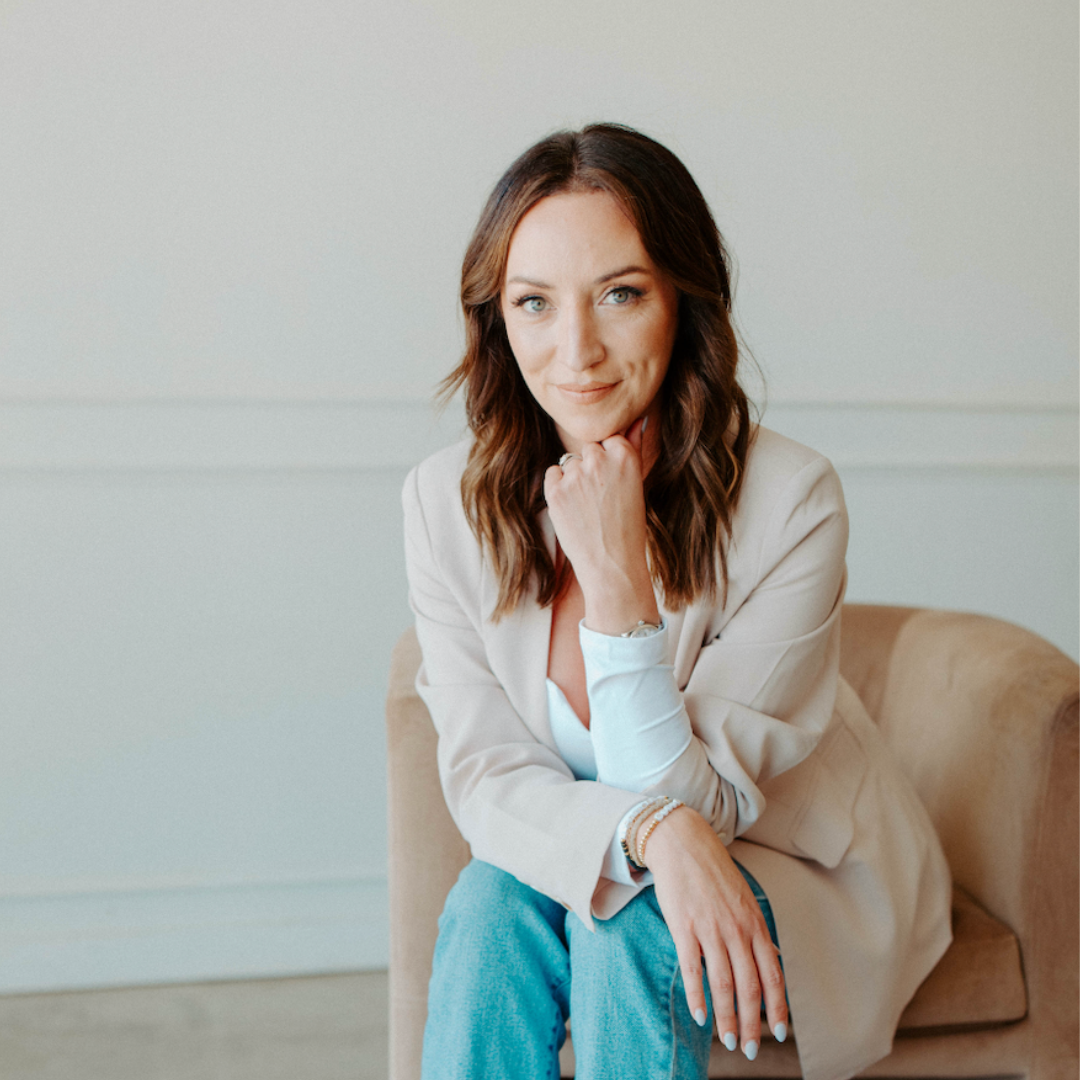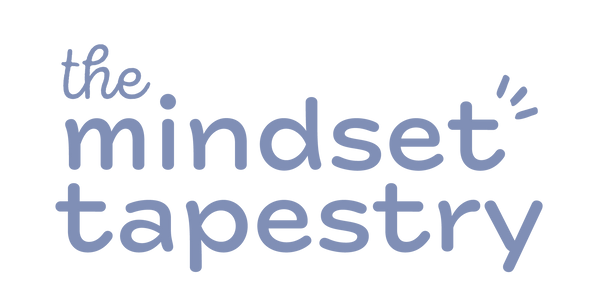Share
Tapestry Talk with Kim Gameroz: Pioneering Social Emotional Learning in a Transformative Way

Social Emotional Learning (SEL) is becoming increasingly recognized as a cornerstone of student success. To delve deeper into this vital area, we spoke with Kim Gameroz, an educational consultant, and founder of SELebrate Good Times and Teaching Inside Out. With extensive experience in the field, Kim has dedicated her career to transforming how educators and schools approach SEL. Here’s what she had to say about her journey, her passion, and her vision for the future of education.

Tell us about yourself! How do you define your career?
I'm an educational consultant and the founder of SELebrate Good Times as well as Teaching Inside Out. SELebrate Good Times provides coaching, mentorship, and community support for educators across the country who are dealing with diverse student needs, challenging behaviors, and trauma. It is a space where they are seen, supported, and SELebrated and in community with like-minded and heart-centered teachers who pour into them so they can pour into their students and families. Teaching Inside Out is my consulting company where I support schools and districts in a transformation from curriculum based SEL to more of a practical, hands on approach where Social Emotional Learning is infused into their school day and across their school sites as systems and a common language. We fill in the gaps that are missing, mentor teachers from a heart-centered space, and look from the outside it, so they can teach from the inside out.
On a personal note, I'm a parent myself, so I understand firsthand the importance of nurturing the whole child both at home and in the classroom. My experience as a teacher and a parent deeply informs my work, and reminds me that we must continue to build on our emotional intelligence, and practice these skills daily, in order to support our children, our family, and ourselves.
Tell us what led you to become an educational consultant and start your business? What is your WHY?
My journey as an educator opened my eyes to the transformative power of Social Emotional Learning. I saw how intentional strategies could help all students thrive academically, socially, and emotionally, even in the face of adversity. However, I also realized that many teachers lacked the support, mentorship, and coaching to effectively implement SEL in their classrooms.
I started SELebrate Good Times to bridge that gap and empower educators with the tools and knowledge they need to create inclusive, supportive learning environments. My WHY is to make a positive impact on as many students as possible by equipping their teachers to meet their unique needs. We must TEACH social and emotional skills. We can’t EXPECT them.
Being in the world of education, what is a positive trend you see happening? What are some antiquated patterns you feel strongly need to go?
One positive trend I see is the growing recognition of the importance of Social Emotional Learning. More and more schools are prioritizing SEL and investing in professional development for their staff. This shift acknowledges that academic success and personal well-being are interconnected.
On the flip side, I believe we need to move away from one-size-fits-all, boxed curriculum, approaches to teaching and discipline. Every student is unique, with their own strengths, challenges, and life experiences, and so are all teachers and adults. Antiquated patterns like punitive discipline and teaching to the test fail to account for these individual differences and can actually hinder learning and growth. The social world is tricky, and we need the language and tools in our toolbox not only to support ourselves in the world, but so that our communities can thrive as we interact with one another.

What does SEL mean to you?
To me, SEL is about being a flexible thinker. It’s about having a goal and then being able to shift and adapt to social situations in order to meet that goal. It’s about having a growth mindset and positive self-talk so we can support ourselves during the hard moments. It’s about having the ability to regulate our emotions. And it’s a deep understanding about how the world works, so we can be successful and work in the world.
It’s complicated, and if you’re born with a brain that makes the social world tricky for you, then the work is even more meaningful, more impactful, and more layered. But we’ve got to start somewhere. Social Emotional Learning IS the place to start. It IS the plate. You can’t do anything else without it. SEL is not a standalone curriculum, but rather a framework that should be integrated into every aspect of the school day. It's about creating a culture of care, respect, and high expectations where every student feels valued and supported.
What would you say to an individual entering the world of education right now? What is some advice you would share?
To someone entering the world of education today, I would say: "Embrace the power of relationships." At the end of the day, teaching is all about the connections you make with your students, their families, and your community of educators.
Building strong, positive relationships with your people is the foundation for everything else. When you feel seen, heard, and valued, you are more likely to engage in learning, take risks, and persevere through difficulties. Teaching is one of the most rewarding careers you could have possibly chosen for yourself, but you’re not meant to do it alone. You need a community of like-minded and heart-centered people who will pour into you. You can’t just go into your classroom and shut the door. You’re not an island. You must find YOUR people. People who make you feel seen, safe, supported, and SELebrated!
Do you believe The Mindset Tapestry is a powerful classroom tool? If so, why? How do you suggest teachers use it with their students?
Absolutely! The Mindset Tapestry is a powerful tool for promoting Social Emotional Learning in the classroom. Its focus on nurturing intentional, purpose-led, and authentic children aligns perfectly with the goals of SEL.
I would suggest teachers use The Mindset Tapestry as a springboard for discussions and activities around topics like self-awareness, goal-setting, empathy, and decision-making. They could incorporate it into morning meetings, advisory periods, or even academic lessons.
The key is to make the concepts relatable and applicable to students' daily lives. Encourage students to reflect on their own experiences and perspectives. Provide opportunities for them to practice new skills and mindsets in a supportive environment.
Used consistently and intentionally, The Mindset Tapestry can help create a classroom culture where students feel empowered to grow, learn, and thrive.
How do you navigate parenthood and having a child in a school setting, with the lens of a former teacher and now educational consultant? How has your background impacted your parenting style and choices?
Navigating parenthood with the lens of an educator has been both challenging and enlightening. On one hand, my background gives me a deep appreciation for the work that teachers do and the complexities they navigate every day. I strive to be a supportive and engaged parent, while also respecting the expertise and autonomy of my child's teachers.
On the other hand, my experience has made me a more discerning and proactive parent when it comes to my child's education. I look for schools and teachers that prioritize Social Emotional Learning and create inclusive, supportive environments.
My background has also influenced my parenting style in that I prioritize open communication, emotional intelligence, and growth mindset at home. I try to model and teach the same social and emotional skills that I believe are essential in the classroom.
What is your favorite part of what you do?
My favorite part of what I do is seeing the impact that Social Emotional Learning can have on students' and teachers’ lives. When teachers implement these strategies intentionally, it's like a light bulb goes off. Students become more engaged, more empathetic, more resilient. They start to see themselves and others in a new light, and it truly feels like magic in the classroom.
I love hearing stories from teachers about breakthroughs they've had with challenging students, or about how their classroom culture has transformed since prioritizing SEL. When they feel a transformation within themselves, THAT is when I know it’s working. They feel calm, they feel confident, and they’re starting to fear less. Knowing that my work is making a difference in the lives of students and teachers is incredibly fulfilling.
I'm also energized by the community of heart-centered educators that SELebrate Good Times brings together. Seeing teachers connect, collaborate, and support each other not only on their journey with SEL…but in LIFE… is truly inspiring. It reminds me that we're all in this together, working towards a common goal of empowering the next generation, and ourSELves.
